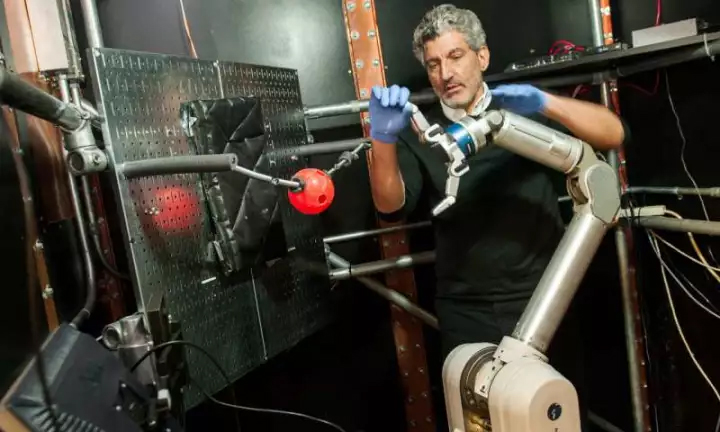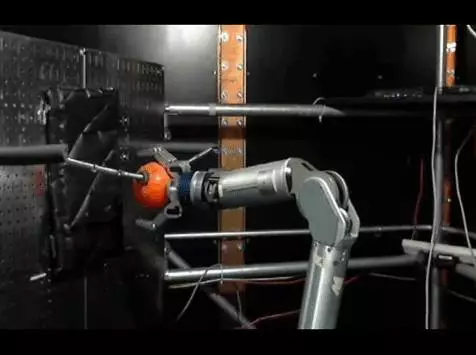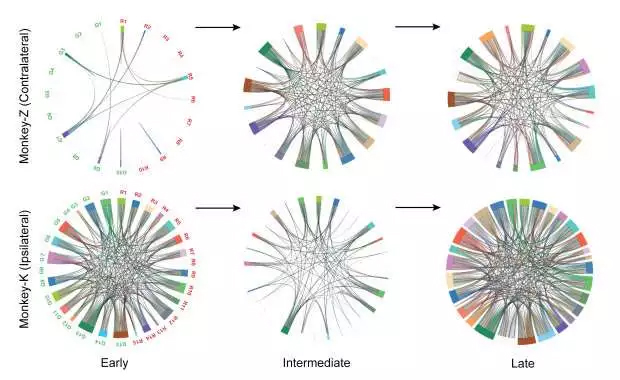Release date: 2017-12-01

Image source: Medicalxpress
Neuroscientists from the University of Chicago recently showed a new study in Nature Communications, where people with disabilities can control the robotic arm through electrodes implanted in the brain.
The researchers made some details on both sides of the brain to control the limbs of the amputation and the remaining intact limbs. The results of the study show that even after a few years of amputation surgery, the two areas can create new connections and learn how to control the robotic arm.
“This is the innovative side of this research. For those with long-term amputation, you can also learn to control the robotic arm,†said Nicho Hatsopoulos, a professor of biology and anatomy at the University of Chicago. “But it’s interesting that the brain is in contact with the body for a long time. Plasticity, and what happens to the connectivity of the neural network as they learn to control the device."
Earlier experiments have shown that patients with sputum can move robotic limbs through the brain's machine interface. This new study is the first to test the impact of these devices on the viability of amputees.
The researchers tested it with three macaques. The monkeys were injured at an early age and had to remove one arm four, nine or ten years ago. For the purpose of the study, their limbs were not amputated. In two of the animals, the researchers implanted the electrode array on the other side of the brain, the contralateral side of the residual limb, which was also used to control the side of the residual limb. In the third animal, the electrode is implanted on the same side as the amputated limb, which still controls the intact limb.

Monkeys are trained to use their ideas to move a robotic arm and grab a ball.
Image source: Medicalxpress
Then, the monkeys move a robotic arm by being trained (using a lot of juice as a reward) and only use their ideas to grab a ball. The scientists recorded the activity of the neurons on which the electrodes were placed and used a statistical model to calculate how the neurons interacted with each other before the experiment, during the training, and once the monkeys mastered the movement.
Opposite neurons - neurons that control the limbs of the previous amputation. Before the experiment, the connections between the neurons were very sparse, most likely because they did not perform their functions for a long time. However, as the training progresses, the connections between these neurons begin to become firm and dense in the areas used to reach and capture.
Controlling the side of the monkey's full arm, the connections between neurons are dense at the beginning of the experiment. But after the research began, the researchers found something interesting: First, the connections were pruned, the network thinned, and then a new dense network was rebuilt.
This means that when animals try to learn a new task, the connection is falling off because there is already a network that controls other behaviors," Dr. Karthikeyan Balasubramanian, a postdoctoral researcher who led the study, said, "But after a few days, it Start rebuilding a new network that can control intact limbs and nerve prostheses. â€

Comparison of network intensities in the same side and contralateral experiments. Image source: Medicalxpress
Now, the team plans to continue their work and combine it with the research of other teams to equip neuroprostheses with perceptual touch and proprioception (the position of the limb in space). Hatsopoulos said: "This is how we begin to create truly responsive neural prosthetics that people can move while gaining a natural feel through the brain's machine interface."
Reference material
[1] Amputees can learn to control a roboticarm with their minds
Source: Health New Vision (Micro Signal HealthHorizon)
FOSHAN PHARMA CO., LTD. , https://www.forepharm.com